Ulavacharu Recipe
Updated: September 2, 2022, By Swasthi
Ulavacharu recipe – From the green fields of Krishna & Guntur districts of Andhra Pradesh comes another distinctive dish. Call it rasam, gravy or sauce, Ulavacharu is a classic dish that evolved in the humble kitchens of the farming community there. Unlike other lentil dishes where dal is the mainstay, this recipe uses the cooked lentil water (stock) and combines it with tamarind paste and tempered spices to create the mouth-watering ulavacharu.
If you thought this dish was only served in some Telugu kitchens, you’re in for a surprise. Migrants and students from Guntur and Krishna area carried Ulavacharu not just in their hearts but into their new kitchens and the public domain.
Slowly this dish has moved from the confines of the erstwhile village kitchens to gain popularity among restaurant goers and home cooks who love to experiment with regional foods.
This is a well-loved dish popularized by restaurants in both Andhra Pradesh and Telangana. You’ll find this soup-like rasam sold in sweet shops. Even street stalls and small eateries serve this delicacy in Hyderabad and Vijayawada.
Today, Ulavacharu is often prepared during festivals or served to guests at family functions along with rice, ghee/butter and fresh cream.
You can serve this singular dish as a side to accompany your main meals or mix in with cooked grains (especially steamed rice or biryani) to make a great weekend meal option.
Making Ulavacharu at home is a time-consuming process, but worth a try to enjoy a new delicious flavor. Due to the use of tamarind, this rasam stores well in the fridge for a couple of weeks. If you eat meat, use this to make the restaurant specials popular in Andhra Pradesh like Ulavacharu Biryani and Ulavacharu Chicken Curry.
Love Andhra foods? Try out these recipes
Tomato Pappu
Tomato Charu
Cucumber Curry
Ladies Finger Fry
What is Ulavacharu?
Ulavacharu is a thick lentil soup made with horse gram, spices and herbs. In Telugu, Horse gram is known as ulava and Rasam as charu. So ulavacharu is simply horse gram rasam made in the traditional Andhra style.
While most people associate Telugu cuisine with super spicy foods, it has a decent variety of milder curries, gravies and sides where other spices and herbs get the chance to shine.
Ulavacharu is a side that is neither a thick stew nor a thin rasam (although it is called that), but something in between. More like a thick, creamy soup or sauce made with lentil stock enriched with the tangy and umami flavor of tamarind.
A typical South Indian tempering of mustard seeds, coriander, spices and curry leaves adds to a punch to the thick sauce. Garlic and onions give the dish a delicious aftertaste.
Ever wondered why this lentil is named horse gram? In the olden days, this lentil was used exclusively to feed cattle and specially race horses, hence its name.
Not many people are aware that horse gram (ulavalu) is nutritious and contains decent amounts of calcium, iron and protein.
Cooking Ulavacharu
You can cook ulavalu in multiple ways – in an Instant Pot or in the pressure cooker. You can make it directly on the stovetop (takes several hours for horse gram to cook properly).
Ulavalu or horse gram lentil is traditionally slow cooked in a large pot for a couple of hours. Home cooks then moved to cooking in a pressure cooker in modern times. Pressure cooking on the stovetop takes much longer than in the instant pot, but use whichever method is convenient for you.
I am sharing both ways of making horse gram (ulavalu) stock. The first method is convenient and requires an Instant Pot. The other method is to make it on the stovetop using the pressure cooker.
Photo Guide
How to make Ulavacharu(stepwise photos)
Prepare the horse gram or Ulavalu
Add 1 kg of horse gram (ulavalu) to a large pot and pour enough water to rinse them well. Rub the horse gram with both hands to remove dirt and contaminants. You can use a pressure cooker or instant pot steel insert for this as you soak and cook the ulavalu in the same cooker. Drain the water. Repeat this rinsing process 4 to 5 times. Now pour 3 liters of fresh water and soak them overnight.
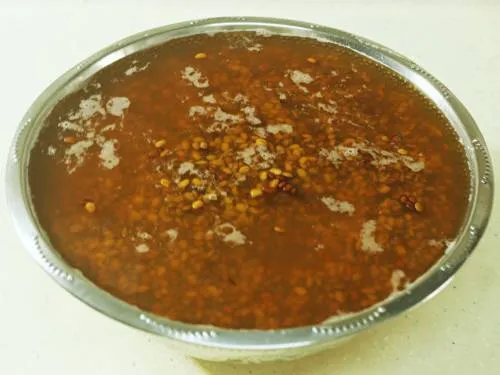
While you soak the horse gram, cover the pot or cooker with a clean cotton cloth much like when you are sprouting lentils (don’t use a lid to cover). This helps the air to circulate and prevents the dal from getting slimy.
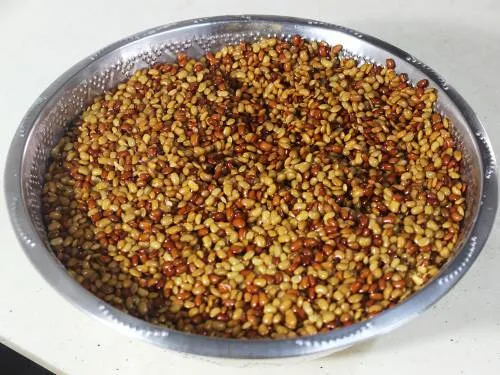
In the morning, transfer the horse gram along with the water (if soaked in a pot). The water turns brown color after soaking the lentils. Pressure cook for 13 minutes in an Instant pot. If using the pressure cooker, cook on medium heat until you hear 2 whistles. Lower the heat and continue to cook for 50 minutes.
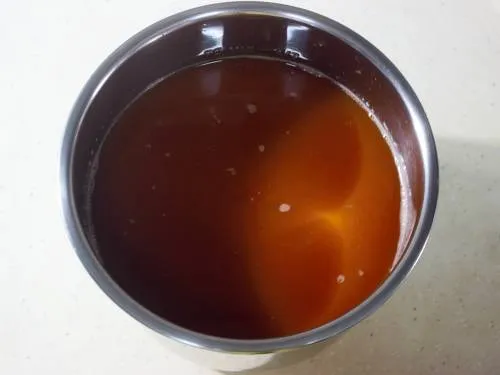
Wait for the cooker to release pressure and check whether the lentils are cooked properly and soft to touch. This is the picture after cooking the lentils.
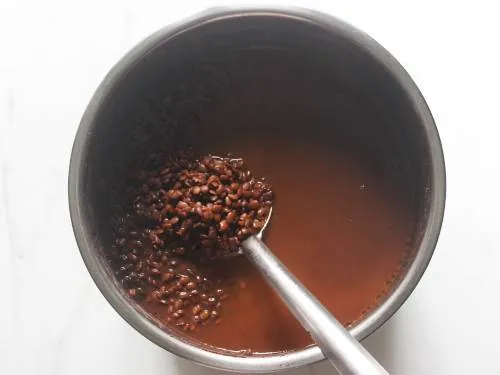
Strain the horse gram using a strainer/colander and place a pot beneath it. I let the lentils cool down a bit before straining as it is easy to handle.
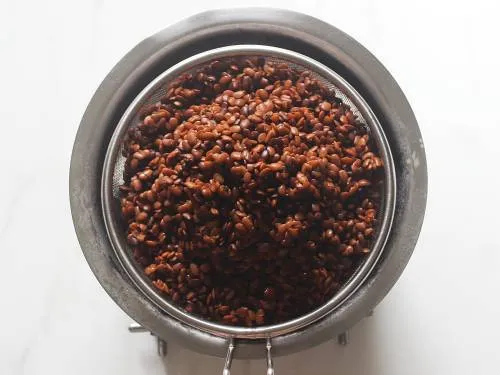
Separate the stock and lentils. This is how the stock looks after straining. Set aside.
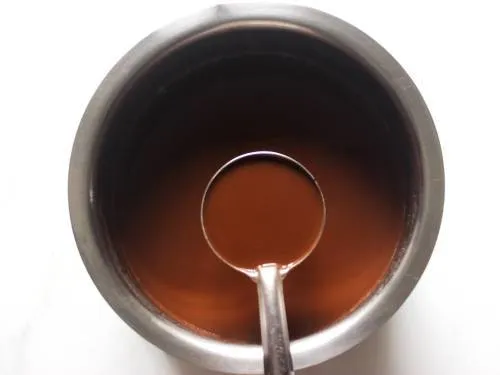
Prepare tamarind
While the lentils are cooking, bring ½ to ¾ cup of water to boil in a small pan. Add 50 grams of seedless tamarind (add more tamarind if using ones with seeds).
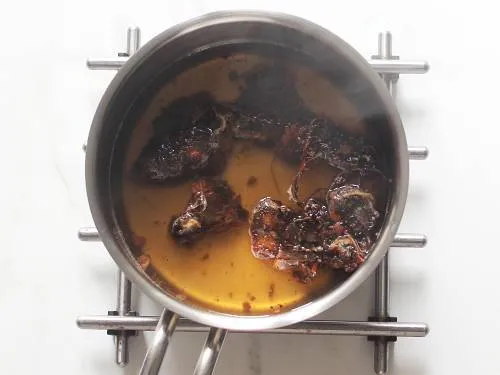
Set this aside to cool. Later squeeze the pulp well and strain the water. Set aside.
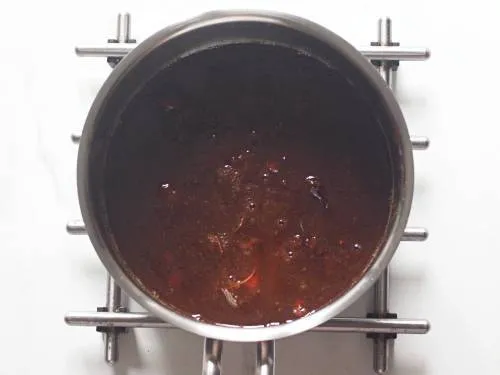
Make the tempering
Heat 1 ½ to 2 of tablespoons of oil in a saucepan and add these:
¾ to 1 of teaspoon mustard seeds
¾ to 1 of teaspoon cumin seeds
1 to 2 dried of red chilli broken (adjust to taste)
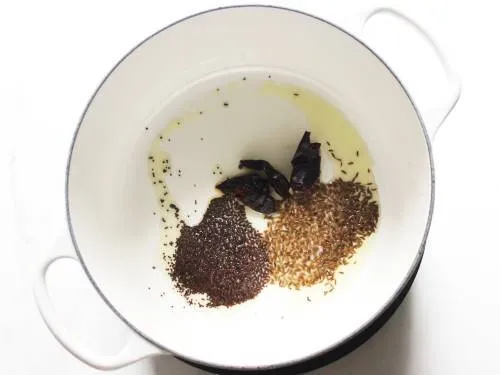
When the spices splutter, add these ingredients:
8 to 10 small cloves of garlic
1 to 2 deseeded green chilies (adjust to taste)
1 sprig of curry leaves
Sauté for 2 minutes until the spices turn aromatic.
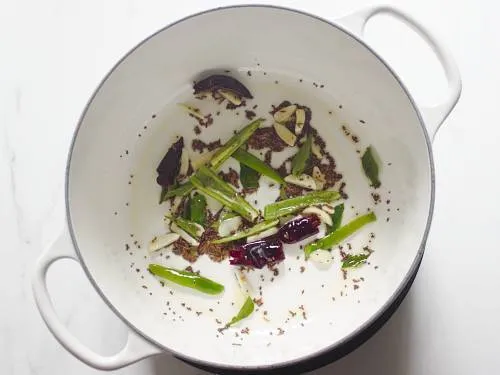
Add 1 thinly sliced small onion (skip this if you want). Sauté for 1 to 2 minutes until transparent. The onions should lose the raw flavor.
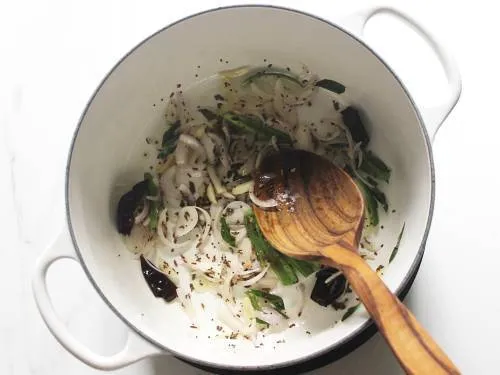
To prepare the Ulavacharu:
Now pour the strained lentil stock into the tempering. Add these to the stock:
¼ teaspoon of turmeric
½ teaspoon of red chilli powder (adjust to taste)
½ teaspoon of coriander powder (optional)
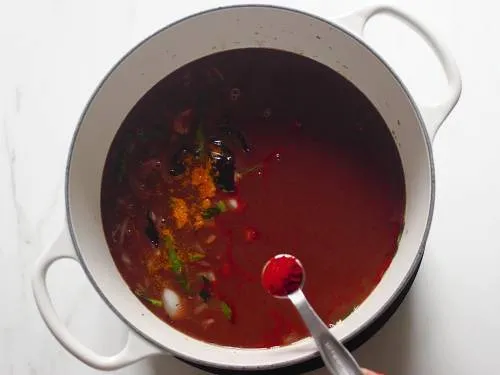
Mix well and let the stock boil until it reduces to half. This will take around 20 minutes.
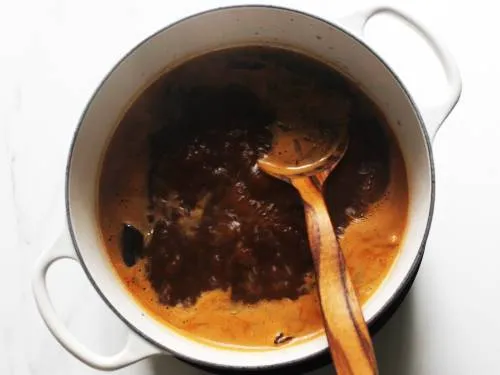
Once it has reduced, add the thick tamarind paste as required and mix well. Add ¾ to 1 teaspoon salt (adjust to your taste) and mix well. Be cautious at this step and do not add a lot of tamarind or salt. There is no way to fix it.
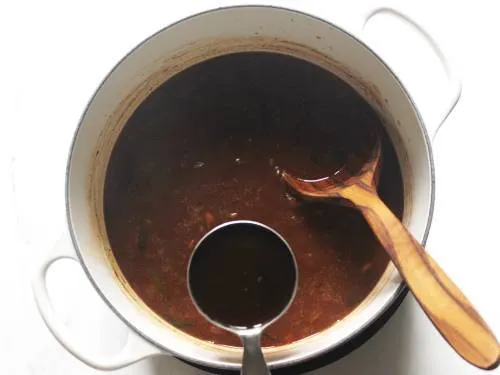
Let the ulavacharu simmer on low flame until it thickens. This will take about 1 hour or more to cook down and reach the right consistency. This may vary depending on your stove heat and the pot used (mine took 1 hour on a induction stove).
Taste test and adjust for salt, spices and tamarind as required during the simmering. Don’t add extra coriander powder at this stage.
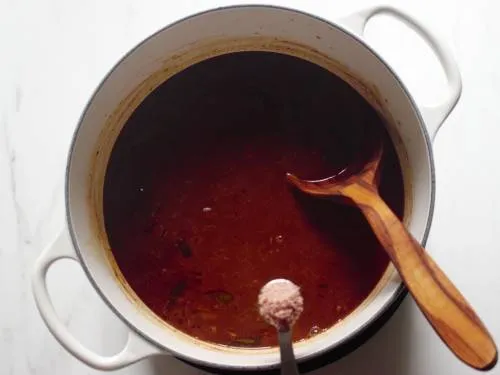
When the ulavacharu (horse gram-tamarind gravy) has reached a thick but pourable and flowing consistency, remove from heat. It will continue to thicken as it cools.
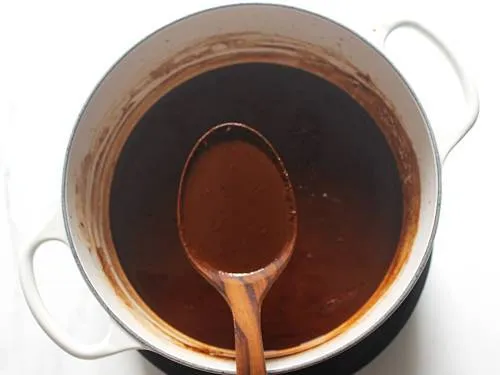
Serve hot ulavacharu topped with butter or cream. This goes well with plain steamed rice.
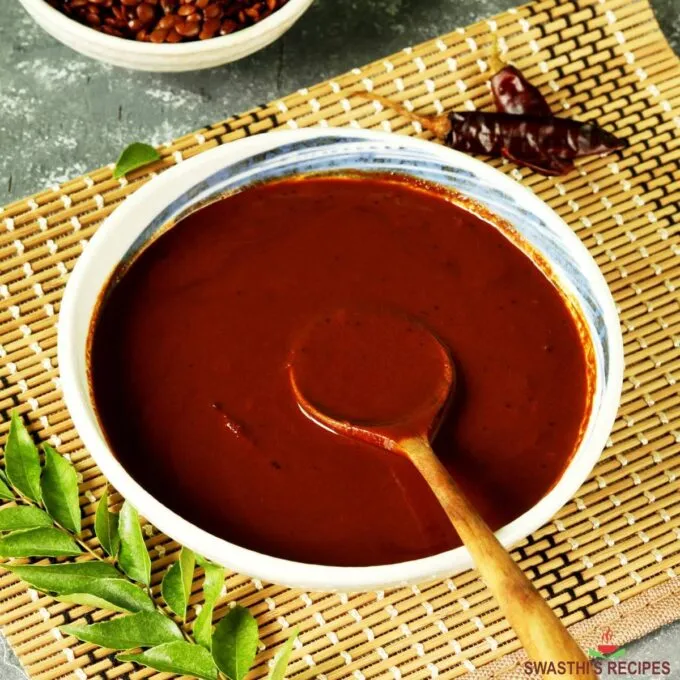
How to use the cooked lentils?
In the villages, the lentils are usually fed to the cattle. It also makes a good compost material.
The ulavalu does have some nutrients left and you can use this in other dishes like curry or stew. Add tempering and serve as a side dish. The lentils can be added to soups, patties or kebabs. Air fry or bake them with some spices for a roasted snack.
I will be adding some recipes that make use of the cooked and strained horse gram.
Pro tips
- Rinsing and soaking is essential to remove the phytates in plant food that hinder the body from absorbing vital nutrients, and aids digestion, too.
- Use a 6-quart Instant pot or a 7-liter stovetop cooker (one that whistles). You risk the lentil and water overflowing with a smaller cooker. Avoid using aluminum cooker as well.
- Do not add salt and tamarind right at the beginning. Simmer until the liquid reduces to half before you add them.
- Ulavacharu can be made without red chilli powder and coriander powder. I felt a lovely difference in flavor after adding them. Avoid adding these later on as the gravy will give the uncooked flavor of these spices.
- Do not add more coriander powder or you will end up with a different taste.
- Do not add mashed or ground horse gram to thicken the ulavacharu you will end up ruining the authentic taste.
Related Recipes
Recipe card
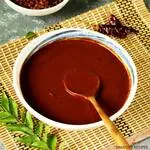
Ulavacharu Recipe
For best results follow the step-by-step photos above the recipe card
Ingredients (US cup = 240ml )
- 1 kg horse gram (ulavalu)
- 3 liters water to soak the lentils
- 50 grams tamarind (seedless)
- ½ to ¾ cup hot water for soaking tamarind
For tempering
- 1 ½ to 2 tablespoons oil
- ¾ to 1 teaspoon mustard seeds
- ¾ to 1 teaspoon cumin seeds
- 1 to 2 dried red chilli broken (adjust to taste)
- 8 to 10 small garlic cloves
- 1 to 2 green chilies (adjust to taste) (I deseed for low heat)
- 1 sprig curry leaves
- 1 small onion (thinly sliced, optional)
- ¼ teaspoon turmeric
- ½ teaspoon Red chilli powder (adjust to taste)
- ½ teaspoon coriander powder (optional)
- ¾ to 1 teaspoon salt (adjust to taste)
Instructions
- Add horse gram to a large pot and pour lots of water. A lot of times I use my cooker for this. I rinse, soak and cook in the same cooker. Rinse them well rubbing with both your hands. Drain the water.
- Repeat rinsing the same way at least 4 to 5 times. Pour 3 liters of fresh water and soak them overnight.
- While you soak, cover the pot with a clean cotton cloth and not with a lid. This helps the air to circulate and won’t make the horse gram slimy later.
- The next morning transfer the horse gram along with the water and pressure cook for 13 minutes in an Instant pot. If using the traditional cooker, cook for 2 whistles on a medium heat and then lower the heat. Continue to cook for 50 mins.
- When the pressure releases, open the lid and check if the lentils are well cooked. They should be soft. Strain the lentils using a strainer and separate the stock and the lentils.
- While the lentils cook, bring half cup to a boil and add 50 grams tamarind. If using tamarind with seeds you will need more. Set this aside. When it cools. Squeeze the pulp well.
- Heat a pan with oil and add mustard, cumin and dried chilli. When the spices splutter, add green chili, curry leaves and cloves. Saute for 2 mins until aromatic.
- Add onions and saute until transparent. The onions should lose the raw flavor.
- Pour the strained lentil stock. Add turmeric, coriander powder and red chilli powder. Mix and boil until it reduces to half. This takes about 20 mins.
- Then add the thick tamarind paste/ pulp as required and mix well. Add salt and mix well.
- Let simmer until thick. The total time takes about 1 hour for me to reach the right consistency. This may vary depending on your stove and pot used.
- Taste test and adjust salt and tamarind as required during the simmering.
- Turn off when the ulavacharu is thick yet of flowing and pouring consistency. It will thicken further upon cooling.
- Serve ulavacharu hot topped with butter or cream. Goes well with only plain steamed rice. The lentils are usually fed to the cattle. It also makes a good compost. The lentils can also be tempered and served as a side.
Notes
- To make 1 X of this recipe, you will need a 7 liters stovetop cooker (one that whistles) or 6 qt IP. There is a risk of overflowing if you use a smaller cooker. Avoid using aluminum cooker.
- Do not add salt and tamarind right at the beginning. Simmer until the liquid reduces to at least half and then add them.
- A lot of people make this without red chilli powder and coriander powder. However I have felt a difference in adding them. Do not add these later as your ulavacharu is likely to have the uncooked flavor of these spices.
- Do not add more coriander powder.
- Cooked and strained lentils are tasteless and do not have flavor. But they still have some of the nutrients. You can air fry, bake or temper them and serve. I will be sharing the recipes soon.
- The nutrition values include the whole cooked lentils.
NUTRITION INFO (estimation only)
© Swasthi’s Recipes
About Swasthi
I’m Swasthi Shreekanth, the recipe developer, food photographer & food writer behind Swasthi’s Recipes. My aim is to help you cook great Indian food with my time-tested recipes. After 2 decades of experience in practical Indian cooking I started this blog to help people cook better & more often at home. Whether you are a novice or an experienced cook I am sure Swasthi’s Recipes will assist you to enhance your cooking skills. More about me
Follow Swasthi’s Recipes

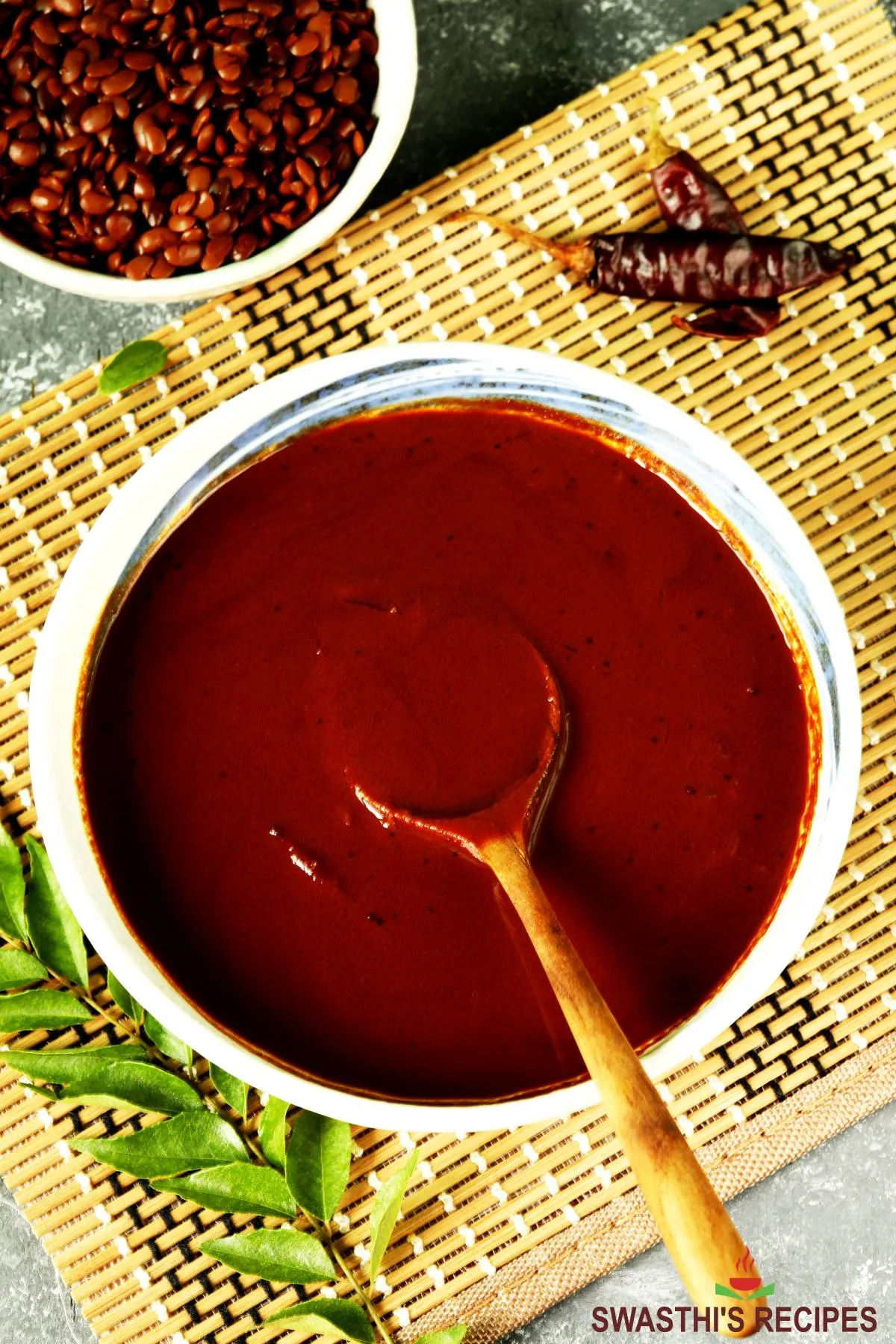
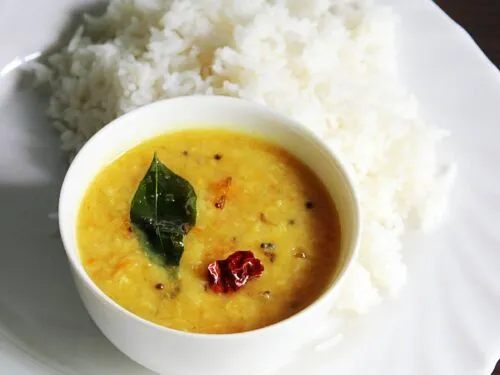
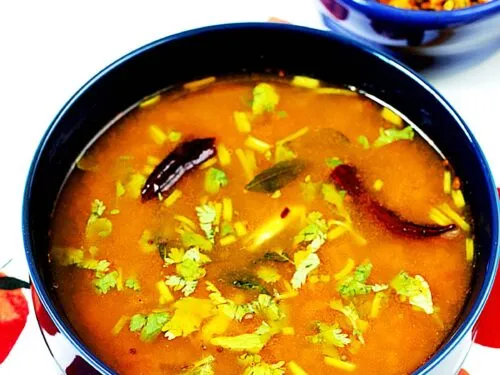
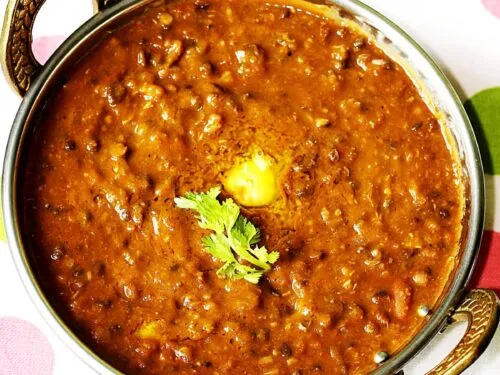
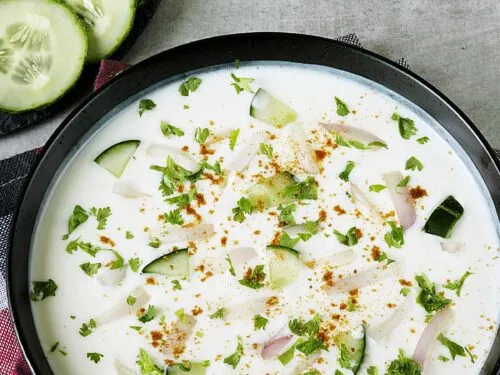
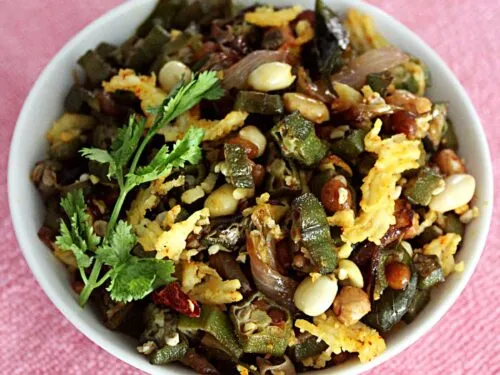
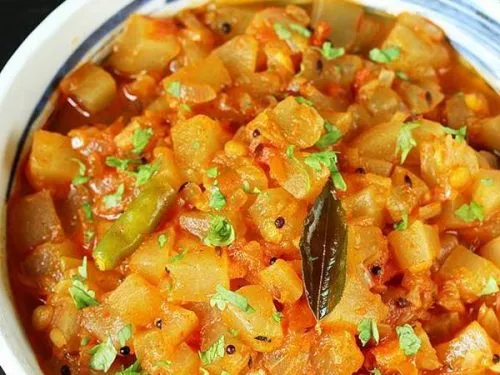
Comments
Very well written recipe
I became a fan…
Very nice explanation Madam. Thank you very much for this information. Highly pleased to inform you that I subscribed to all of your social media handles. All the best for your further endeavors!
Thank you so much Murali garu. Hope you enjoy the recipes.
Same here Murali garu.
It came out so good! Thank you for sharing all the pro-tips, made a huge change to the taste.
So glad to know Usha
Thank you!
Thank you for this recipe. It turned out outstanding and my husband licks his fingers even after enjoying his seconds. I am waiting for your recipes for the cooked ulavalu.
Hello Shravani
Haha! So glad to know! Yes sure I will do it